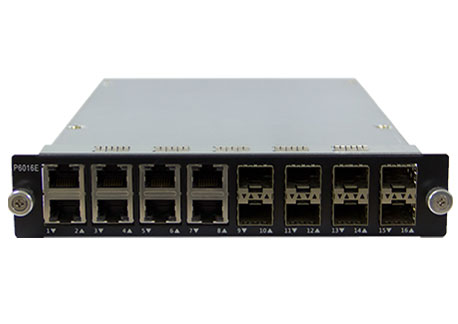First of all, we need to understand how the switch works to help us test the Network Link Tester. Inside the switch, there is a MAC address table that records all the MAC addresses in the network and the corresponding information of each port of the switch. The switch can realize the function of information exchange, that is, when it receives the data, it checks its destination MAC address and then forwards the data. If there is data to be forwarded, the switch will quickly find the corresponding port and then forward the data out.
After the switch is replaced or used for a long time, the Ethernet Network Tester needs to be tested to ensure a good user experience. There are many models of switches, which lead to different test methods, and the focus of the test varies. First, we need to focus on single or multiple MAC address types; secondly, focus on link aggregation; finally, switch security.
When we are doing switch testing, we are verifying its performance on the one hand. We can test the instrument to simulate its network nodes, and then flexibly produce a variety of rate and type protocol packets according to user configuration to achieve functional testing. On the other hand, it is tested for its reliability, that is, the system recovery time test, according to the system recovery time to judge whether it can ensure the continuous stability of the industrial network.
